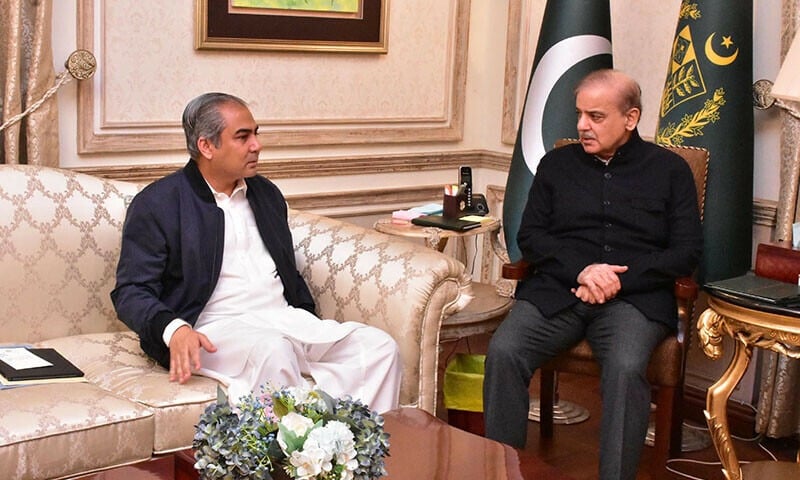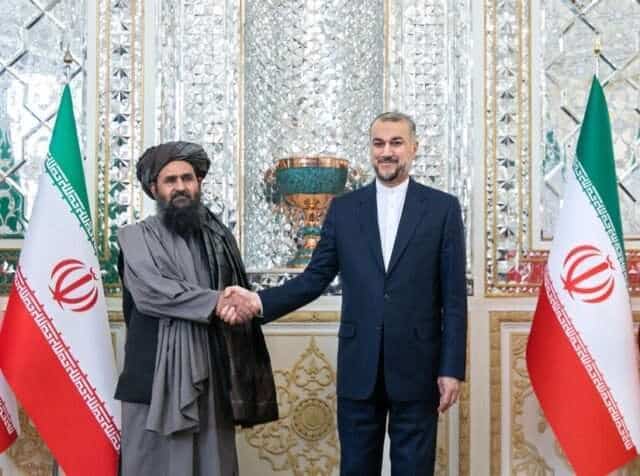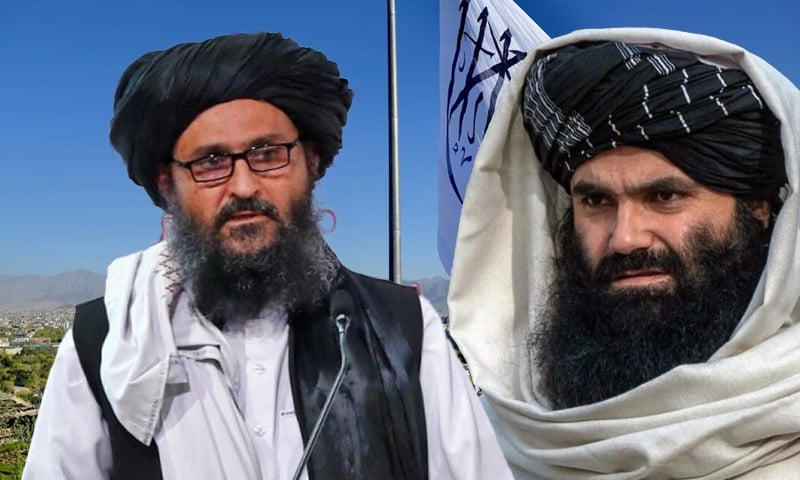The latest military operations in Upper Dir and Bajaur have once again reminded us of the deeply entrenched and evolving menace of militancy in Pakistan. While the killing of several militants; including key commanders, is a tactical victory for our security forces, it also underscores a grim reality: militancy in Pakistan is not just a matter of guns and geography. It is, more profoundly, a war of narratives, perceptions, and structural injustices.
Over the past few weeks, intelligence-based operations have intensified in areas like Dir and Bajaur. Upper Dir, in particular, has seen a major push against the remnants of militant networks. Local support for security forces has been unprecedented; villagers have provided information, joined anti-terror efforts, and even physically resisted the return of militants. Yet, despite this cooperation and sacrifice, the ghost of militancy keeps returning, again and again.
We must confront an uncomfortable truth: if we have reportedly killed thousands of militants over the past two decades, why do their ranks keep swelling? Why does their propaganda find resonance in some parts of our society? The answer lies in the long-neglected grievances of the people living in tribal and remote districts.
Poverty, illiteracy, and unemployment remain rampant across the tribal belt. Bajaur, Waziristan, Mohmand, and other areas were promised peace dividends after the merger of FATA into Khyber Pakhtunkhwa. A ten-year development plan was announced, pledging Rs. 100 billion—Rs. 10 billion every year. Ask the people there today: how much of that money have they seen? The answer will be damning.
Hospitals remain understaffed. Schools lack basic facilities. Roads are in disrepair. And amid all this, when a cloudburst or flood washes away entire settlements, militant groups exploit the void. They flood social media with AI-generated content, spinning tales of state failure, victimhood, and betrayal. They aren’t just fighting on the battlefield anymore—they are waging psychological warfare, using technology to win hearts and minds.
It is not accidental that during natural disasters, militant groups amplify their digital campaigns. They post videos of affected families, blame the state for negligence, and conveniently ignore the reality that many of these disasters are natural and worsened by decades of unplanned development and illegal encroachments.
Sadly, the state’s counter-narrative is often missing or delayed. When people are stuck in traffic for hours due to security checks, or see cantonment roads closed without explanation, resentment festers. When promises of integration remain unfulfilled, radical narratives thrive.
This isn’t just about optics. The failure to address material deprivation becomes fertile ground for radical ideologies. A disillusioned, unemployed youth with no hope of upward mobility is a ready recruit for militant organisations. Offer him a motorcycle, a monthly stipend, and a gun, and you’ve created a foot soldier who believes he finally has power, even if it’s misplaced and manipulated.
People in Bajaur, Dir, and elsewhere do not reject the idea of military operations per se, they fear the consequences of those operations. They fear displacement. They fear being forgotten in camps, living as refugees in their own land. That’s why when people march for peace, when they form ‘aman lashkars’, or when they protest in the streets, they are not defending militants. They are demanding dignity, continuity of life, and an end to the endless cycle of conflict-displacement-neglect.
They want peace; but not at the cost of their homes, businesses, and families. When asked to evacuate for an operation, they leave silently. That, too, is a form of sacrifice for the state. But sacrifices without recognition breed fatigue, and fatigue without justice breeds rebellion.
The solution is not limited to eliminating militants, it lies in eliminating the conditions that allow militancy to breed. It requires action, not just announcements.
Fulfil the FATA Merger Promises: Immediately release the long-delayed development funds. Build hospitals, schools, and roads. Make visible the fruits of the merger.
Bridge the State-Citizen Divide: Whether in Bannu or Bajaur, people must feel that the state sees and serves them. Excessive security restrictions must be reviewed to ensure they don’t alienate citizens.
Develop a Strong Narrative Strategy: Counter AI-driven militant propaganda with authentic, fact-based storytelling. Humanise the state’s efforts. Highlight local heroes. Use the same platforms the militants exploit.
Invest in Youth Employment and Education: Every unemployed youth is a potential recruit. Offer them skills, jobs, dignity—and they will reject the gun.
Engage Community Leadership: Jirgas and local elders are still powerful institutions in the tribal belt. Use them wisely to build community consensus against militancy.
Reform Policing and Local Governance: From Khasadars to police, the new system must be streamlined and empowered. People should see a responsive local administration.
The time for half-measures is over. We cannot bomb our way to peace. Nor can we bury every problem under a curfew or a press release. True security is born not just from silencing the enemy’s guns, but from amplifying the people’s voice.
Only when a resident of Bajaur feels the same sense of belonging and entitlement as a citizen of Lahore or Islamabad, only then will we truly defeat terrorism—not just in the battlefield, but in the mind.





